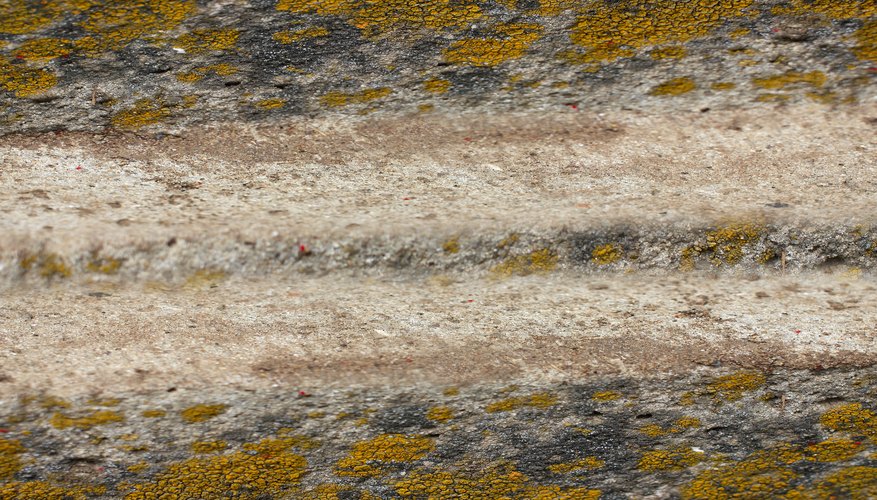Some moulds are an integral part of the food on which they grow, like the mould that makes blue cheese or the white mould that forms a thin layer on the outside of hard salami. But mould in the fridge can be dangerous; such moulds ruin food and can cause negative health effects ranging from allergic reactions to cancer.
Mold on foods in the fridge
Since some mould is dangerous to human health, with a few exceptions, you should discard any food in the refrigerator with visible mould. Grains, nuts and produce all can support the growth of mycotoxins, which sicken people. One group of mycotoxins is aflatoxins, which are poisonous and can cause cancer.
In the case of hard cheese and firm vegetables or fruit, it's usually safe to cut away the mould along with an inch of the surrounding food and use what's left if the mould is not extensive. A coating of mould on ham and hard salami is normal; the meats are safe to eat once you scrub it away.
- Since some mould is dangerous to human health, with a few exceptions, you should discard any food in the refrigerator with visible mould.
- A coating of mould on ham and hard salami is normal; the meats are safe to eat once you scrub it away.
Mold on the fridge Itself
Mould spreads by airborne spores, so mouldy food in the fridge may eventually lead to mould growing on the appliance itself. Clean mould from the inside of the refrigerator by scrubbing it with a solution of 15 gr (1 tbsp) of baking soda mixed with 1 litre (1 quart) of water and rinsing with plain water. Mould can also grow on the rubber seals around the door; remove it with 15 ml (1 tbsp) of chlorine bleach mixed with 1 litre (1 quart) of water.
How mould grows
Almost everyone is familiar with the blue, green, grey or black fuzz that signifies mould growth. What many don't realise is that surface mould is basically the "seed head" of an organism growing deep beneath the surface. Moulds are not plants, but you can visualise them as having roots reaching into the food, stalks growing above the surface and spores, which act like seeds, growing at the top of the stalk. These deep roots may infiltrate soft foods even where surface mould is not visible.
- Almost everyone is familiar with the blue, green, grey or black fuzz that signifies mould growth.
- What many don't realise is that surface mould is basically the "seed head" of an organism growing deep beneath the surface.
Preventing mould growth
Mold spores spread through the air, on insects and by surface-to-surface contact. Covering food in the refrigerator helps prevent airborne contamination. If food is already mouldy, resist the temptation to smell it or you could inhale mould spores, possibly resulting in an allergic reaction. Wrap the mouldy food in plastic and put it in a covered dustbin. Clean the area where the food was stored. Don't use musty dishcloths or sponges on the refrigerator; they spread mould spores even as you are trying to clean.
- Mold spores spread through the air, on insects and by surface-to-surface contact.
- If food is already mouldy, resist the temptation to smell it or you could inhale mould spores, possibly resulting in an allergic reaction.
